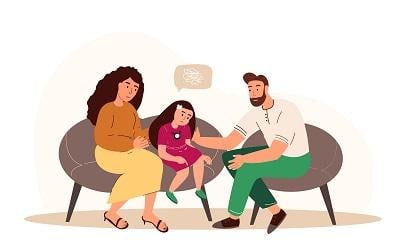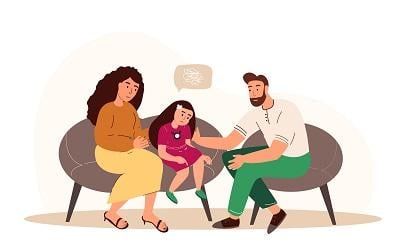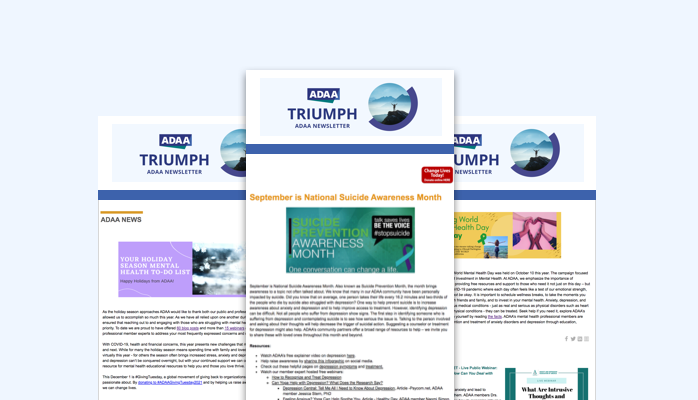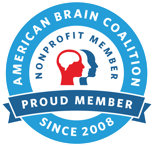Children who are unable to speak in situations where talking is expected or necessary, to the extent that their refusal interferes with school and making friends, may suffer from selective mutism (SM). As the Selective Mutism Association (SMA) notes SM is best understood as a childhood anxiety disorder characterized by a child or adolescent’s inability to speak in one or more social settings (e.g., at school, in public places, with adults) despite being able to speak comfortably in other settings (e.g., at home with family).The disorder can prevent children from participating in class, asking for help when they need it, and even forming relationships with peers. SM is associated with anxiety and may be an extreme form of social phobia according to researchers and clinicians who are familiar with the disorder (Black & Uhde, 1995; Dow et al., 1995, Dummit et al., 1997, Kristensen, 2001; Leonard & Dow, 1995).
Consistent with current research, SMA believes that Selective Mutism is best understood as a childhood social communication anxiety disorder. SM is much more than shyness and most likely on the spectrum of social phobia and related anxiety disorders. SM is NOT a child willfully refusing to speak.
The average age of diagnosis is around 3 or 4 years old or around the time a child enters a daycare or school setting and the non-speaking behavior becomes problematic (APA, 2000). However, many parents will say that their child displayed signs of excessive shyness and/or inhibition since infancy. Once a child enters school there is increased expectation to perform, interact and speak and SM becomes apparent. It is at this time that teachers will point out the severity of the problem including concerns that the child is not speaking and participating in activities.Some children are diagnosed much later as parents and pediatricians can mistake symptoms as extreme shyness. SMA advocates for early diagnosis and treatment.
Additional information from the Selective Mutism Association:
To meet diagnostic criteria, the child or adolescent with SM shows significant impairment in daily functioning, typically in educational or occupational settings, and by refraining from social participation at school and other settings due to a pronounced fear of speaking. Most affected children and adolescents function normally in other ways and learn age appropriate skills; however, some may have other comorbid anxiety disorders, developmental delays such as impaired social skills, and communication disorders in addition to SM.
Treatment for Selective Mutism can include psychotherapy and medication to address the anxiety that underlies the person’s inability to speak in certain situations. Some children with Selective Mutism also benefit from speech-language therapy, occupational therapy, sensory-integration therapy, and other interventions that may be recommended by the main treatment provider(s). Learn more here.
The Child Mind Institute has launched a new bi-monthly e-newsletter, How to Be Brave, featuring a collection of strategies and quick tips for children and families in the selective mutism community. Click here to read the first issue.
ADAA Resources:
- Selective Mutism: From Diagnosis to Intervention webinar presented by Rachel Busman, PsyD - Child Mind Institute
- Treating Selective Mutism - podcast presented by ADAA member Steven M.S. Kurtz, PhD, ABPP
- How to Best Understand and Address Selective Mutism in Younger Children, Tweens, and Teens - professional webinar, Dr. Shelley Avny
- What to Do If Your Child Won't Talk: How Kids Can Overcome Selective Mutism - webinar presented by Sandra Mendlowitz, PhD, CPsych
- How to Parent a Child with Selective Mutism - Simplemost.com article, June 2018. ADAA member Ashley Smith, PhD is quoted
















